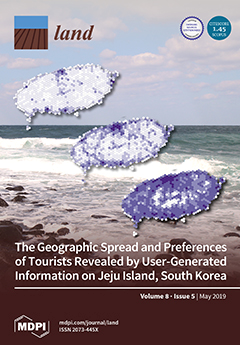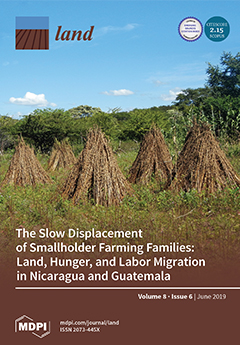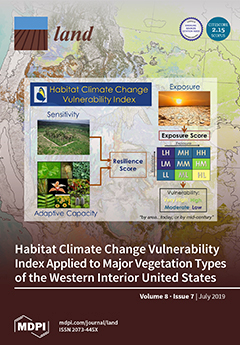What Happened to the Forests of Sierra Leone?
The last National Forest Inventory of Sierra Leone took place more than four decades ago in 1975. There appears to be no legal definition of “forest” in Sierra Leone and it is sometimes unclear whether reports are referring to the forest as a “land use” or a “land cover”.




